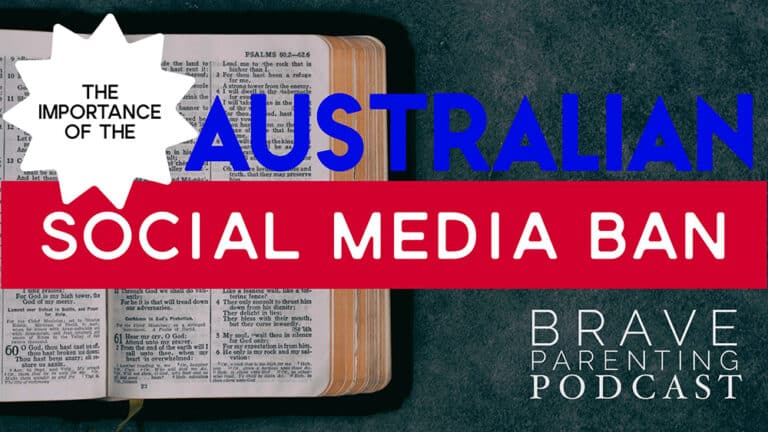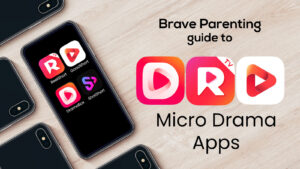If you go to a Middle School party, you’ll be sure to find huddled up pre-teens, still small in their stature yet confidently boasting large smart phones. If a moment gets awkward or when 2 minutes have past (whichever comes first) they’ll reach for this technological security blanket. They’ll be messaging their friends who stand right beside them and posting up the very best looking pictures of themselves to social media stories.
Walk into any High School cafeteria around the country, and you will find today’s teenagers, four years representing our next generation, all with their heads down and thumbs ablaze. Here, it isn’t so much to do with coping through awkward moments. Instead, High School students have craned necks ensuring their reputation isn’t tarnished over social media. This and maintaining their online connections at all costs.
Continue on to your local college campus to glimpse around the lecture hall or lab and you will find no one is interested in making new friends outside those already in their phones. Students have ear buds in at all times to convey the clear message: I don’t want to hear anything you have to say. Meanwhile their face remains aglow from the consistent screens before them.
The superficial problem perceived in these scenarios is screen addiction or at least screen obsession. But just below the surface of obsession, growing in intensity and calamity, is the issue of lack of face-to-face communication. Research has now shown that screen media causes an illicit drug-like dependency. This addiction or dependency has a huge repercussion which often goes unnoticed and unspoken. This is how our “digital native” children are growing up deficient in their ability to communicate without their smart phone.
Some people in the digital media arena hold the liberal view that children must learn to engage with the online world early on as this is the way of their future. They claim, the earlier a child learns to communicate without non-verbal cues, physical contact, and undivided attention the better prepared they will be for adulthood.
Like a disease, these messages are spreading through news articles and socially pressure parents to allow children to digitally connect more and more. There is no evidence, however, this is what children actually need. On the contrary, research has concluded that face-to-face communication, face-to-face learning, and face-to-face business outperforms and out succeeds all of its digital counterparts.
No matter how ubiquitous smart phones and social media platforms become, the world will always need face-to-face communication.
We were created for face-to-face communication. It is how we learn our native language, it is how we develop deep and meaningful relationships, and most basically, it is how we raise our children. Could you imagine a world, say 5 generations in the future, where our communication is so far diminished that we are communicating our love for our newborn children through showing them emojis? The idea seem ludicrous to us now, but so did all we are doing now to those of 5 generations past.
Therefore, if research has proven face-to-face communication produces better outcomes, we can directly assume face-to-face communication produces better children, better parenting, better marriages, better friends, better employees, better leaders, etc. Face-to-face communication is just better.
Knowing this, as a parent, you must own the brave task of ensuring both your children and yourself maintain healthy face-to-face communications in all you do. Parents: we can be equally guilty of slipping into the world of digital communication and never coming out. It’s time to make this a priority.
3 Ways to PRIORITIZE Face-to-Face Communication in your Family
1. Turn Off the Noise (televisions, phones, music) and Talk to One Another; No Texting People in The Same House.
While many schools are still encouraging communication and collaboration among students in classroom, the truth is if we don’t engage at home, peer-to-peer connection may be the only face-to-face communication our kids are getting on a regular basis. While peer communication is valuable, even greater is the value of connecting with loved ones who can discern, discipline, and encourage. Texting family members from different rooms, but within the same home, is not beneficial communication.
Families that eat meals together produce more confident and capable children as a result of the connection through communication. Whether conversations happens across a dinner table or a coffee table; whether it feels natural or forced – our children need this conversation. Sure, it is easier to allow your teenager to disappear into their bedroom and not see them the entire night. This is not beneficial for the child or for you! Bravely establish a different standard for how the family will engage with one another. This parental responsibility can hold the key to your child’s future success.
2. Force Children to Interact With as Many Adults as Possible.
Too often parents set their teens up with a major disadvantage as they do all the “adult responsibilities” for them. We make their doctor and hair cut appointments, grocery shop for them, fill out paperwork, run errands, organize college details, and manage their bank accounts for them. We do this all in the name of love, believing we are helping them. What actually happens, however, is children lose out on learning how to interact with other adults in these “adult-like” responsibilities. Peer conversations about the past weekend’s events are one thing but being able to effectively communicate with a college administrator about financial aid or a course schedule – that is completely different. While the world becomes immune to smart phone introverts, those who can communicate will rise to the top.
Give your child every opportunity to communicate and interact with adults from an early age. Send them into the grocery store to buy one item you need so they can interact with the cashier, have them talk to the librarian themselves to resolve an overdue book charge, encourage them to speak to the teacher themselves when an issue arises, etc. This will help them develop confidence and effective communication in order to be advocates for themselves as adults.
3. Limit Text Messaging/Phone Times
Personal media disconnection is just as important as a family media disconnection in order to connect and communicate. Because our children will not automatically switch their phones off for purposeful and personal disconnection, we must force this. If a child is limited in how many texts sent/received or what hours texting is allowed, by beautiful default, the will become face-to-face communicators once when they’ve hit the limit. For example: if you child cannot text during school lunches because texting time limits have been set up and prohibit this, they have no choice but to force face-to-face conversations. The same holds true for dinner tables, car rides, hanging out with friends, etc.
Another noteworthy point is in regard to romantic relationships. If allowed, a romantic relationship could be born, live its life, and die all via text messaging. Limited texting forces each individual to pursue face-to-face or voice-to-voice communication. Highly manicured text messages can make someone look and sound amazingly perfect. With forced face-to-face communication teens can learn to discern true romantic connections.
Don’t let the word “force” scare you. Do we force our children to brush their teeth? Do their homework? Take out the trash? Or any other task we know will make their character better? Yes, because we know these things won’t happen unless we force the issue.
Force face to-face communication in occur in your home. It’s value will never fade.












